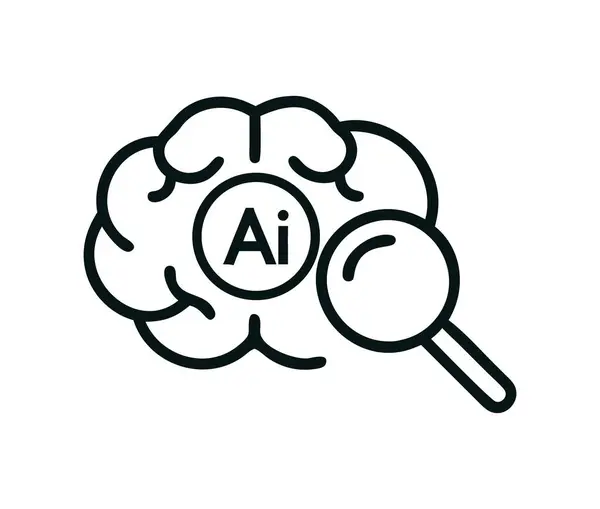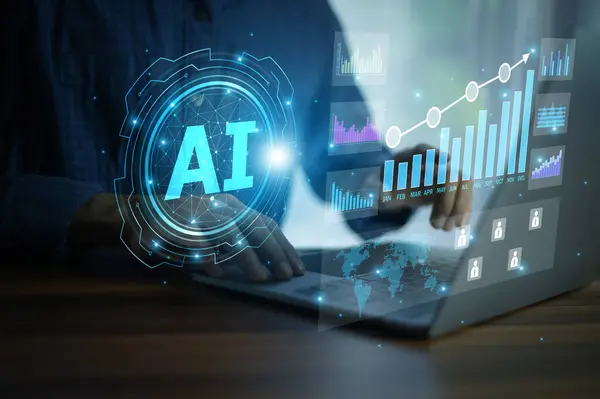The true impact of AI in the workplace is not about machines replacing humans; it’s about how much smarter and more human our work can become. This change is already evident across various industries, where AI is enhancing communication, improving security, aiding smarter planning, and fostering more inclusive workplace cultures. However, there’s a crucial point to consider: these benefits only materialize when organizations understand the technology and are committed to implementing it the right way.
The debate about AI’s potential varies widely. Some people believe AI will eliminate jobs, while others think it will solve all problems instantly. AI is neither a threat nor a quick fix; it is simply a tool. When used wisely, it can transform the way we work and measure productivity.

The Importance of AI in Productivity
Productivity is a key driver of growth, but in many workplaces, it often gets downsized by repetitive, low-value tasks.
These often take the form of:
- Endless reports and paperwork
- Repetitive emails
- Late-night reconciliations and administrative tasks
These activities can consume time without providing real value. This is where AI can make a significant impact.
Organizations that integrate AI have discovered:
- Employees save one to two hours each week
- Reduction in operational costs within just a few months
The Path to AI Implementation
Achieving success with AI is not just about “switching it on.” It requires clarity and discipline:
1. Define Your Purpose: Determine whether your goals are to save costs, improve service speed, or enhance compliance.
2. Assess Readiness: Evaluate whether you have clean data, the appropriate infrastructure, and a culture that is open to change.
3. Equip Your Team: Train employees and stakeholders to understand, manage, and leverage AI tools effectively.
4. Start Small: Initiate pilot projects in areas such as customer support, fraud detection, or payroll to secure early wins.
5. Scale wisely: Expand your AI initiatives thoughtfully: Use successful pilot projects as a foundation to implement AI throughout the organization
Impacts of AI on ROI
When executed correctly, returns can be realized quickly. Organizations often report:
- Financial gains
- Higher employee morale
- Stronger customer trust
Tangible benefits typically materialize within months, with ROI measured through:
- Time saved
- Reduced costs
- Enhanced customer satisfaction

Challenges and How to Overcome Them
The most common include:
- Data Gaps: Incomplete or low-quality data can slow progress, so it’s important to invest in data cleaning and integration from the outset.
- Resistance to Change: Employees may feel threatened or skeptical about AI, so it’s important to provide training, communicate clearly, and demonstrate the value AI brings to their work.
- Over-ambition: Attempting to transform everything at once can lead to burnout, so it’s best to focus on a few impactful use cases before expanding further.”
- Governance Concerns: Ethical risks and compliance issues often arise, so it’s essential to establish clear AI policies, ensure human oversight, and implement accountability measures.
The real advantage of AI lies in empowerment, not replacement. Organizations that recognize this will not only see faster ROI but also create workplaces where innovation thrives. For more tips, insights, and updates like this, 📩 Subscribe to our newsletter






